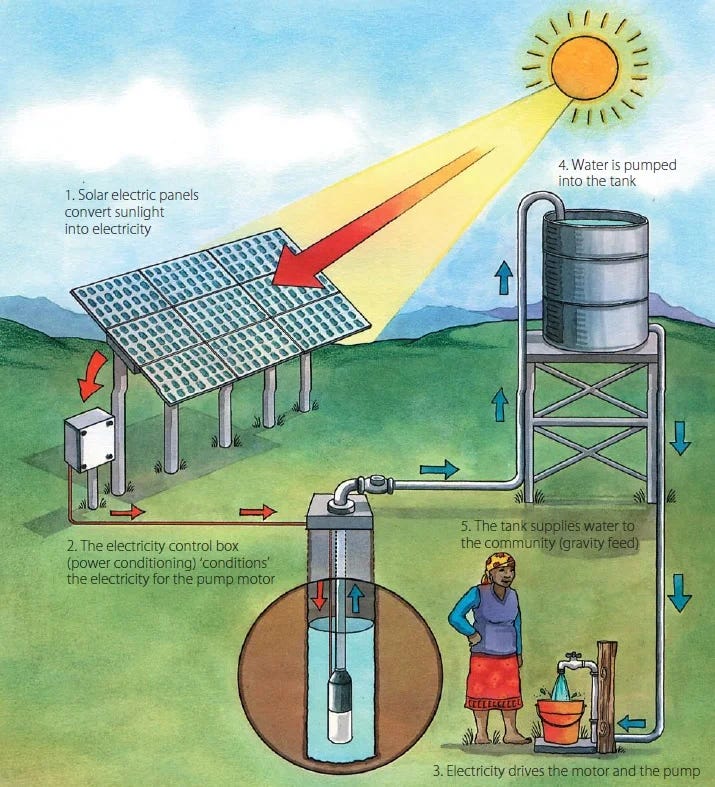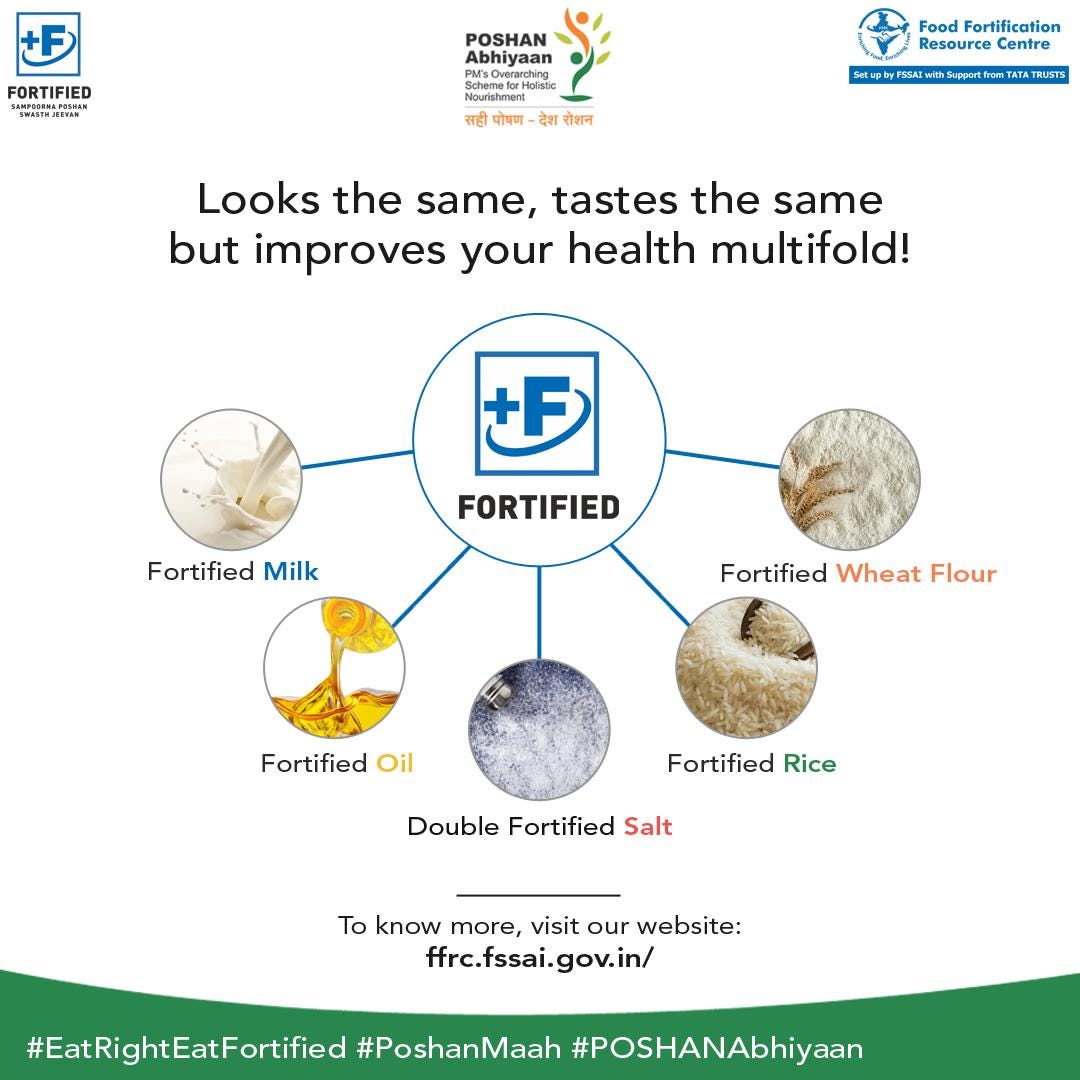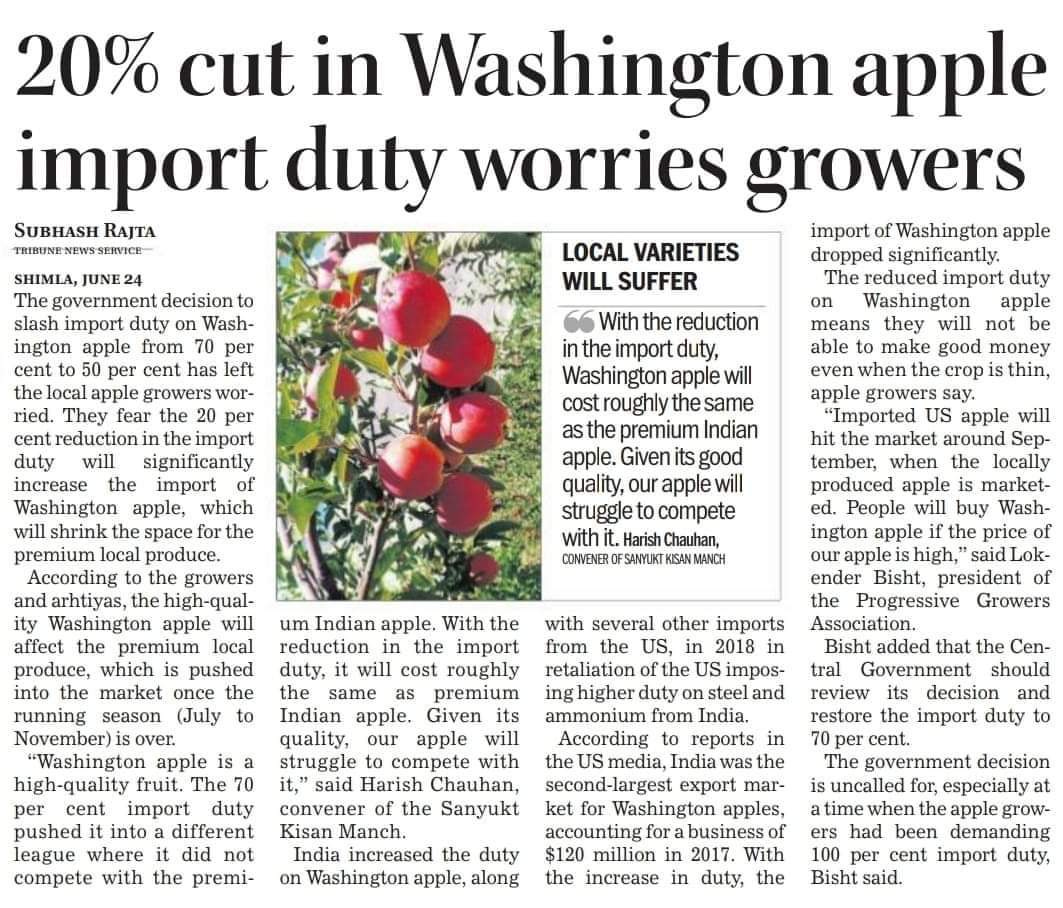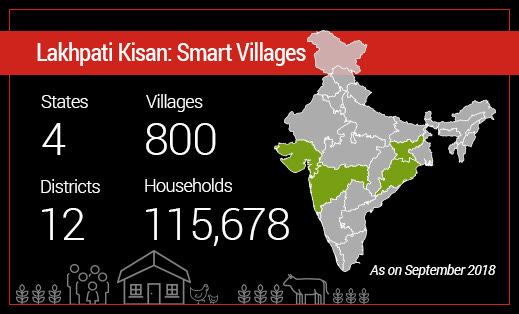MBB Playbook #5 -> Empowering Farmers
Consulting Case Study: Demystifying the Strategies of McKinsey, BCG, and Bain
28/09/23
Welcome to the MBB Playbook Series, where we unravel the secrets of consulting excellence, one case study at a time. A comprehensive exploration of strategies employed by top consulting firms to tackle complex business problems. This series delves into various case studies, dissecting organisations' challenges and uncovering the innovative solutions that propelled them to success. By studying these cases, we aim to extract valuable insights and actionable takeaways that can be applied to various industries and organisations. Whether you're a business leader, an aspiring consultant, or simply interested in learning from real-world case studies, the MBB Playbook Series provides a valuable resource for understanding and implementing effective strategies.
Introduction:
Let’s look into 10 smaller problem statements and how the MBBs are strategising the same.
Problem Statement 1: Irrigation
In many countries, just a minority of arable land is irrigated, with the remaining areas relying on increasingly unpredictable rainfall. Today a significant chunk of the world has a drought probability and resilience in agriculture is of utmost importance. The challenge is not just access to water supply but also financing and power requirements. The requirements can be partly solved by installing solar power pumps which banks and micro-lenders finance on an EMI/ Pay-as-you-go basis. The farmer benefits by harvesting crops at the best value and not depending on the rainy season, an opportunity to increase the income of the farmer.
Success Story of Solar Water Pumps:
“Rainy season is when everyone is planting; however by then my products will be almost ready and I can sell them at a higher price”
Problem Statement 2: Climate Change
MSIs (Multi-Stakeholder Initiatives) allow organisations to come together and solve pressing problems by providing access to knowledge, training, markets, and financial tools. Working with the government for policy changes, with organisations for sustainable supply chains and with farmers to promote sustainable agricultural practices is the best foot forward.
Problem Statement 3: Malnutrition
Food Fortification is the practice of adding vitamins and minerals to commonly consumed foods during processing to increase their nutritional value. This can include adding iron, iodine, zinc, Vitamin A, and Vitamin D to staple foods like rice, milk, and salt. In India, 70% of the population faces nutrient deficiency and tackling malnutrition is a priority. Awareness amongst consumers, lack of traceability across the supply chain, and lack of access to affordable finance are some of the current challenges in large-scale implementation. Luckily all of these could be solved with collaboration, private player participation and state-level policies.
Problem Statement 4: Dependence on Imports
Tax Incentives to domestic players, Additional Tax on imports and Industrialization can successfully lead to transforming local agriculture and food processing industry. These changes can build a robust ecosystem by creating more jobs, cheaper seeds, better prices, higher processing capacity, etc.
Problem Statement 6: Driving Irreversible Change
Empowering the community to lead the change via women-led community groups, SHGs, village organizations, and farmer-producer organizations. Subsidiaries are not a permanent way to create change, instead leveraging local entrepreneurs to innovate and adopt modern practices is a realistic way.
Problem Statement 7: Water Stress
India has 18% of the world’s population and 4% of the water resources, making the dynamic heavily skewed. Agriculture accounts for a whopping 89% of the water use in India, compared to 69% at the global level. There is poor adoption of micro-irrigation and precision technologies, which have the potential to reduce the cost of irrigation by 50%, save water by 45% and improve yield by 114% compared to conventional flood irrigation. Water is used to irrigate, rinse, and clean crops, and to feed livestock
In 2018, in the midst of a severe drought, Cape Town, South Africa, came close to experiencing a so-called Day Zero, where the city would have literally run out of water. To avoid that peril, the city government put quotas on agricultural, business, and domestic usage.
To accelerate water-efficient techniques in Indian agriculture investing in research, offering incentives, supporting awareness programmes, and collaborating with NGOs is the next step.
Solutions like farm ponds, rainwater holding tanks and ditches across rivers to retain water. As well as using water-efficient irrigation techniques, and water-efficient crops (like dates and grapes and moving away from banana and paddy) to prevent conventional flood irrigation. Importing water thirsty crops could be done. Using recycled water for irrigation would help with conserving fresh water. Moreover, water-saving fixtures, using water-efficiency devices, and repairing leaks could alleviate the crisis.
Problem Statement 8: Food Loss and Food Security
India suffers from 40% food wastage which if solved could easily help 16% of Indians who battle with hunger every day. Approximately 900 thousand million tonnes of waste originate from the farm stage.
Reducing food wastage by 50% by 2050 would bridge the gap between current food availability and future requirements.
Data-driven solutions, improved quality and shelf-life technologies including storage and transport, and shortened supply chains with better market linkages would solve the post-harvest food loss. Trust between retailers, food processors and farmers to deal above the MSP would also solve this issue.
Problem Statement 9: SHF ie Small Holding Farmers
AgTech Solutions even after increasing VC funding in the last few years have barely impacted the small-holding farmers generally partly due to perceived challenges in serving this group, including SHF’s limited capacity to pay for solutions, low levels of digital literacy, lack of familiarity with technology, and poor digital network and internet connectivity in rural areas.
This can be solved using:
Creating ‘truly offline’ solutions. These systems work efficiently even when outside of internet access and allow SHF users to upload or download data when connected to Wi-Fi. Such a feature is essential to ensure functionality in remote and rural areas with connectivity challenges.
Bundling services to diversify sources of revenue. This allows AgTechs to be less constrained by SHF’s limited payment capacity. For example, farm management software connected to a digital marketplace can generate revenue from both SHF and households purchasing fresh produce.
Integrating financial services with technical AgTech solutions. This approach can be carried out either directly or through partnerships with financial institutions. It allows for an increase in uptake due to SHF’s high capital needs and circumvents their limited access to the formal financial sector caused by a lack of credit history.
Partnering with private sector actors across the value chain. There are companies in the agri-food value chain interested in and willing to fund SHF’s use of AgTech solutions to streamline their own value chain or meet their ESG goals. For example, beverage companies might be willing to offset their water usage by paying SHF to use an AgTech solution focused on reducing water waste through enhanced irrigation.
Problem Statement 10: Not able to reach Women Farmer
The agriculture sector engages 80% of economically active women in the country, higher than any other industry, putting women farmers at the centre of India’s growth story.
Across the supply chain level of different crops, women typically remain confined to labour-intensive and low-paying activities such as livestock rearing, seeding, weeding, or picking.
The private sector generally tends to acknowledge the social and economic value of building products for women.
Despite the potential, agri products continue to be predominantly built for men. This is largely because men represent a more viable market segment, as they tend to be more literate and have wider networks. Firms need to consider that women tend to be more risk-aware and are more likely to look for social proof.
Private Companies also need to develop new acquisition channels such as self-help groups or women entrepreneurs and differentiated messaging. Additionally, women have been shown to be more likely to respond to messaging around familial outcomes rather than crop productivity. Firms need to invest in interactions with women farmers, doorstep and village-level services, social proof in the form of demo plots, developing vernacular advisory content, and bundling of agriproducts with other products relevant to women such as cattle feed, additives, and credit.
Thanks for reading !!
References:
https://dalberg.com/our-ideas/a-big-bet-on-irrigation-for-kenyas-smallholder-farmers/
https://dalberg.com/wp-content/uploads/2017/02/Multi-stakeholder-Initiatives.pdf
https://www.fsg.org/wp-content/uploads/2021/08/Smallholder_India.pdf
https://www.fsg.org/resource/whats-next-for-indian-agri-tech/
https://www.bridgespan.org/insights/what-drives-impact-investing-food-and-agriculture
https://www.sattva.co.in/ski/worsening-water-stress-in-agriculture-is-there-a-glimmer-of-hope/
https://www.bcg.com/publications/2018/solutions-world-water-crisis-found-driest-places
https://www.sattva.co.in/ski/eliminating-food-waste-elevating-farmers-using-agtech/








